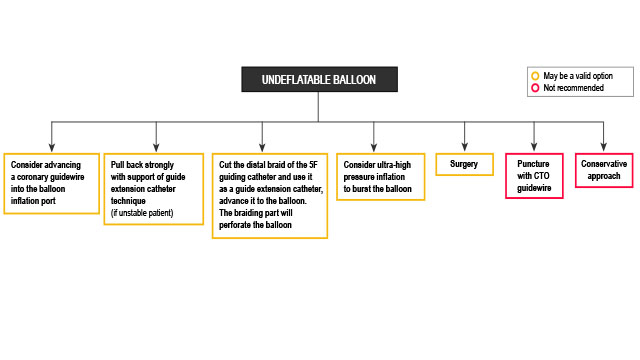952 results
Case study: broken fractional flow reserve guidewire remained in the entire RCA
25 Feb 2019
Consult this case study of surgery from the Omihachiman Community Medical Center by Shunta Taminishi et al. of a broken fractional flow reserve guidewire remained in the entire RCA.
Contributors: Shunta Taminishi, Takuo Nakagami, Yusaku Kaneko, Nobunari Tomura, Shinya Tomita, Nobuichiro Yagi, Tetsuro Hamaoka, Kuniyoshi Fukai, Shinichiro...
Author
Author
Author
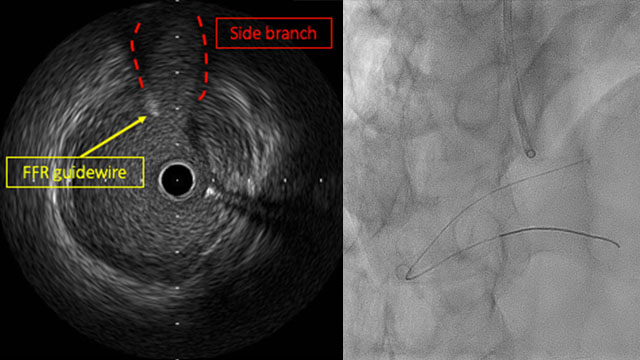
Mini-STAR as bail-out strategy for percutaneous coronary interventions and complications
18 Feb 2019
The mini-STAR technique is a promising bailout strategy for the management of entrapped enflated balloons in the event of complications, achieving a high procedural success rate and low occurrence of procedural adverse events.
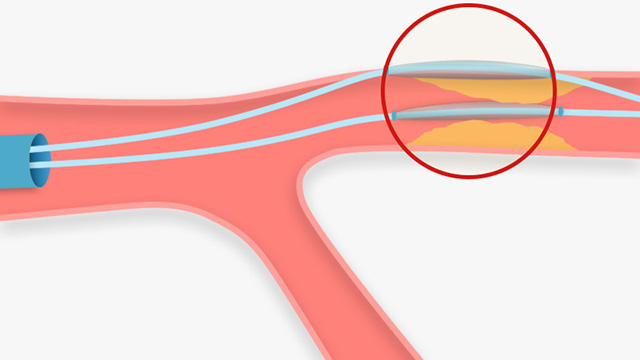
Snare technique in the event of balloon shaft fracture: Trifold
18 Feb 2019
Often a favoured technique especially in the in the case of balloon shaft fracture, the use of a snare requires careful planning. Discover more here!

Lost guidewire retrieved by trapping guide extension catheter technique
15 Feb 2019
Herein we have presented a retrieval method involving a guide extension catheter together with balloon jailing of the fractured wire segment for retrieval.

Coronary wire loss: part of free wire, in situ - free intracoronary fractured wire segment
13 Feb 2019
Want to learn how to deal with complications arising from a free wire lost in situ, a free intracoronary fractured wire segment – or avoid this situation in the first place? This section will tell you how…
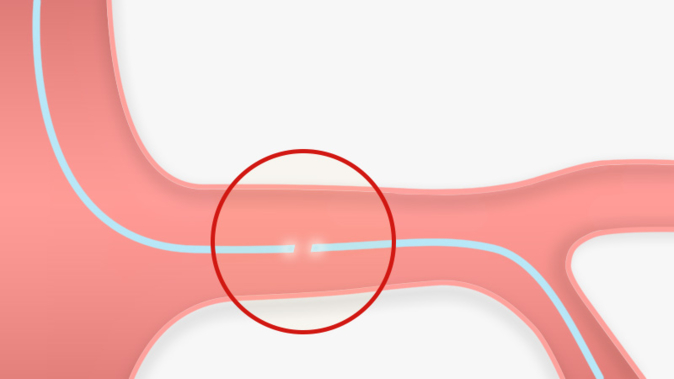
Coronary wire loss: part of jailed wire behind stent struts confined to the coronary artery (free wire distal to the stent)
13 Feb 2019
How do you manage a guidewire loss when part of the jailed wire is behind the stent struts in the coronary artery or the free wire is seen to be distal to the stent? Learn how to deal with this complication here…
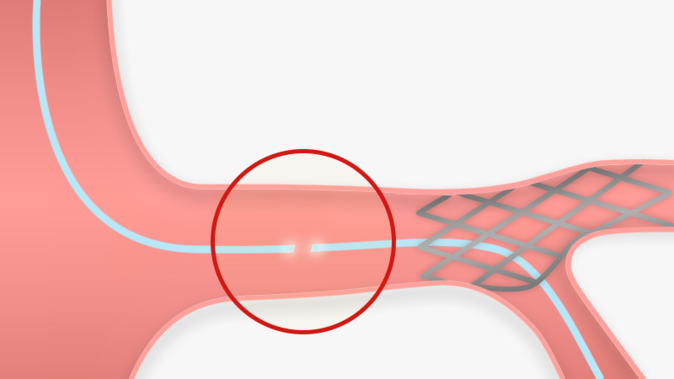
Emergency management - Type III
29 Jan 2019
Consult the Type III emergency management on an active jet extravasation during a coronary perforation procedure, this is the most serious perforation type and expedient management is crucial in order to preserve life.

References in coronary guidewire loss
16 Jan 2019
Consult the references associated to the clinical research and case reports in coronary guidewire loss complications.

Coronary entrapped deflated balloon during PCI
16 Jan 2019
Entrapment of a balloon while rare can occur! Discover step-by-step the tools and techniques that could allow for their successful management here...
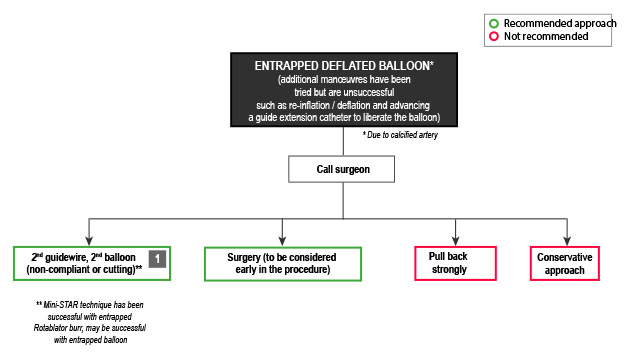
Coronary balloon fracture: balloon dysfunction (undeflatable balloon)
15 Jan 2019
Have you ever faced balloon dysfunction, an undeflatable stent balloon? Did you even know it can occur? Learn how to deal with this complication here…
